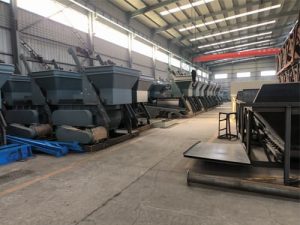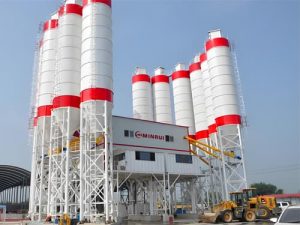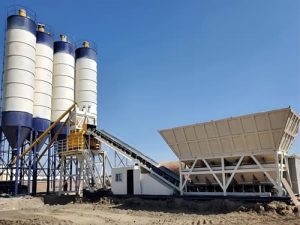Relative News
Products
The selection of concrete mixer should be combined with production requirements, equipment characteristics and usage scenarios. The following analysis is carried out from four dimensions: core influencing factors, model comparison, model matching and purchasing suggestions.
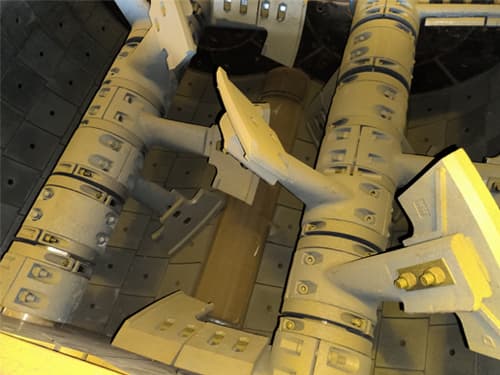
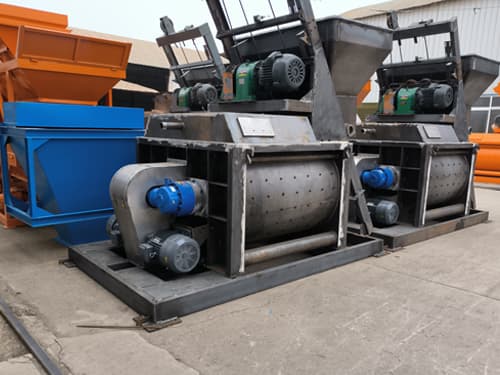
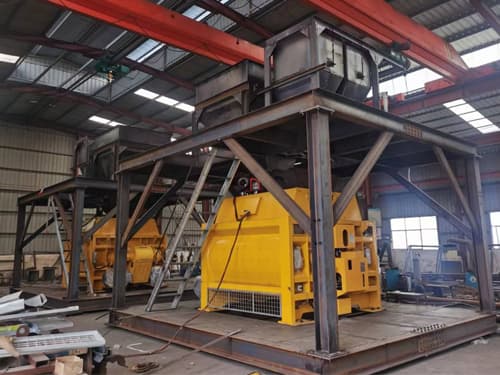
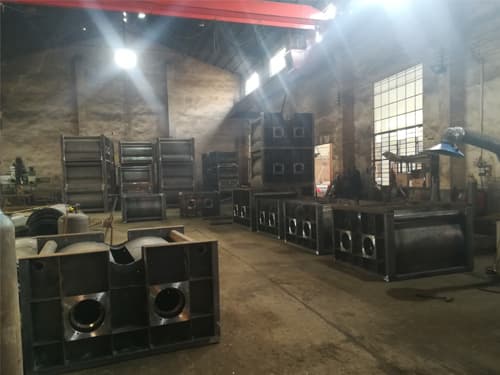
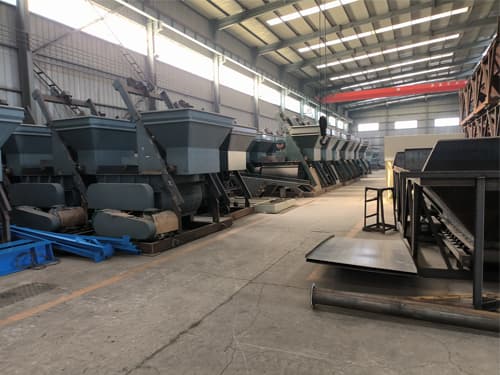
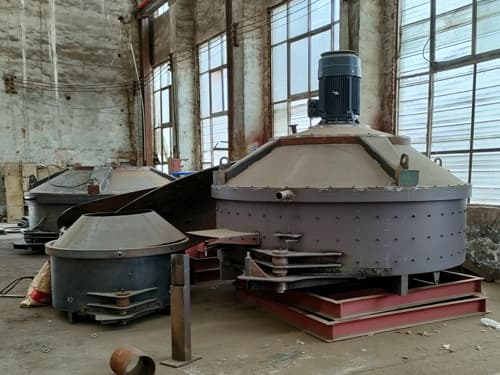
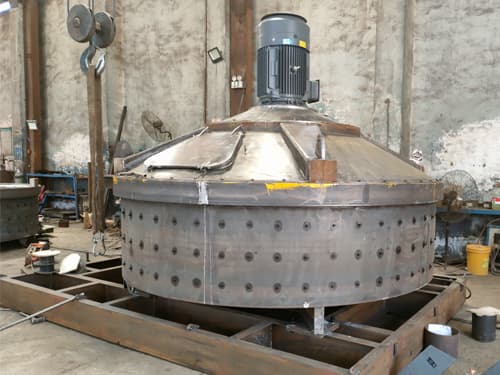
1. Analysis of Core Selection Factors for concrete mixer
When selecting a concrete mixer, the following key factors need to be considered to ensure the equipment matches production requirements:
- Production Scale and Efficiency: For large and medium-sized mixing plants with a production capacity of over 50 cubic meters per hour, mixers with a discharge capacity of over 1 cubic meter are suitable; for projects with large engineering volume and long construction period, it is recommended to configure models Minrui JS1000 and above, while for small projects, models such as Minrui JS500 and JS750 with higher cost performance can be selected.
- Equipment Quantity Configuration: To avoid production impact due to shutdown maintenance, it is necessary to purchase more than 2 mixers for backup.
- Concrete Property Adaptation: For ordinary concrete, drum mixers can be selected; for dry-hard or lightweight aggregate concrete, vortex is suitable; Minrui JS horizontal shaft forced mixers are compatible with various types of concrete and have a wider application range.
- Process and Layout Requirements: The single-stage process flow is suitable for the radial arrangement of tilting drum mixers, and the double-stage process can adopt a in-line arrangement; if the forced mixer is used in the single-stage process, a large-capacity model is required to reduce the investment in auxiliary equipment.
Second, Performance Comparison of Mainstream Models
There are significant differences in the structural characteristics and applicable scenarios of different types of mixers, and the specific comparisons are as follows:
Aircraft Type | Representative Model | Core Advantages | Applicable Scenarios | Limitations |
|———————|——————–|—————————————|—————————————|————————————-|
Tilting drum type (gravity type) | JZC350, JZC500 | Simple structure, few wearing parts, low energy consumption, convenient maintenance | Ordinary concrete, small and medium-sized mixing plants | Not suitable for dry-hard/lightweight aggregate concrete |
Turbine type forced | – | High mixing intensity, suitable for dry-hard concrete | Dry-hard/lightweight aggregate concrete production | Not suitable for high-fluidity concrete |
Minrui Group JS Horizontal Shaft Forced Type | JS500-JS4000 | Compatible with various types of concrete, stable operation, great development potential | Large and medium-sized mixing plants, multi-variety concrete production | High initial investment |
Third, Model Selection and Configuration Recommendations
According to the engineering requirements and equipment characteristics, the model selection shall follow the following principles:
Match the model according to the engineering quantity
- Large-scale projects (such as commercial concrete mixing plants): JS1500 and above models are preferred, with high single-machine capacity and suitable for intensive production.
- Small-scale projects (such as rural house construction, municipal maintenance): Small models like JZC350 and MRP350 are more flexible and convenient to move.
Power Source and Scene Adaptation
- Fixed venues (such as factories): Electric mixers (such as JS series) have low cost and simple maintenance.
- Field construction: Diesel-powered mixers have strong adaptability, but fuel consumption and noise issues need to be considered.
Auxiliary Equipment Coordination
The loading capacity of the agitator truck needs to match the discharge capacity of the mixer. For example, the JS1000 mixer (with a discharge capacity of 1 cubic meter) should be paired with an 8-10 cubic meter truck.
Fourth, Precautions for Purchase and Risk Avoidance
To ensure the long-term stable operation of the equipment, the following key points should also be noted when purchasing:
- Manufacturer Selection: Priority should be given to well-reputed large manufacturers (such as Kexin Construction Machinery) to ensure after-sales support and parts supply.
- Maintenance Cost Evaluation: Comparing equipment maintenance cycles, vulnerable part prices, and replacement difficulty, the maintenance cost of tilting drum mixers is usually lower than that of compulsory mixers.
- Technology Maturity Verification: Give priority to mature models that have been market-verified to avoid production interruptions caused by insufficient stability of new technologies.
By comprehensively evaluating production requirements, machine model characteristics, and long-term operating costs, the optimal configuration of concrete mixers can be achieved, providing guarantees for engineering efficiency and concrete quality.
Guide and Practical Tips for Selecting Concrete Mixer Capacity
The reasonable selection of concrete mixer capacity directly affects project efficiency, cost control, and mixing quality. It is necessary to make a comprehensive judgment by combining core factors such as project scale, concrete type, and production efficiency. The following explanation will be carried out from three aspects: capacity specification classification, key selection indicators, and practical operation suggestions.
1. Capacity Specifications and Applicable Scenarios of Concrete Mixers
According to the mixing capacity, it can be divided into three categories: small, medium and large, and different specifications correspond to differentiated engineering requirements:
Capacity Classification | Typical Capacity Range | Applicable Scenarios | Engineering Cases |
|——————–|——————|—————————————|—————————————|
Small mixer | 0.3-1 cubic meter | Home decoration, small temporary projects | Rural self-built houses, courtyard hardening |
Medium mixer | 1-3 cubic meters | Medium construction projects, road construction | Municipal road maintenance, multi-storey residential building construction |
Large mixer | Above 3 cubic meters | Large bridges, water conservancy projects, mixing plant clusters | Cross-sea bridge, hydropower station concrete pouring |
Special Notes :
- For commercial concrete mixing plants (capacity ≥ 50m³/h), it is recommended to select twin-shaft mixers with a discharge capacity of ≥ 1 cubic meter to balance efficiency and economy;
- Forced mixers are suitable for dry-hard and high-strength concrete, while self-falling mixers are more suitable for plastic concrete.
Second, the core decision-making factors for capacity selection
1. Project Scale and Construction Period Requirements
- Large-scale projects (such as high-speed railways, airports): need to be matched with large mixers of more than 3 cubic meters, and cooperate with mixing stations to achieve continuous production to meet the demand of thousands of cubic meters per day;
- Small and medium-sized projects (such as township roads): 1-2 cubic meter medium-sized mixers can balance efficiency and site flexibility, avoiding equipment idleness and waste.
2. Concrete Type and Performance Requirements
- Stiff/Lightweight Aggregate Concrete: Forced mixers are preferred, as they have stronger mixing power and can avoid uneven mixing caused by excessive capacity.
- High-fluidity concrete: The single mixing capacity needs to be controlled, and it is recommended to select a model with ≤ 2 cubic meters to ensure the uniformity of slump.
3. Site and Supporting Conditions
- Fixed mixing plant: Can be equipped with a large-capacity main machine (e.g., 5-10 cubic meters), and form an automated production line in combination with a batching machine and a conveyor belt;
- Field Construction: A mobile self-dropping mixer (such as the JZM series) should be selected, with a capacity of 0.75-1 cubic meter being appropriate, taking into account transportation convenience.
3. Practical Skills and Precautions for Capacity Selection
Capacity Backward Deduction Method
Calculate the required capacity based on the average daily concrete demand:
- Example: With an average daily demand of 200 m³, calculated based on an 8-hour work system and 70% equipment utilization rate, a model with each batch ≥ 1.8 cubic meters should be selected (200/(8×60×0.7) × mixing cycle of 6 minutes).
Aggregate Particle Size Adaptability
The maximum aggregate particle size limit of the twin-shaft mixer should match the capacity:
- 1 cubic meter model: suitable for ≤80mm aggregate
- 3-cubic-meter model: can handle ≤150mm crushed stones.
Cost Balance Principle
- Avoid “using a large horse to pull a small cart”: selecting large-capacity equipment for small-scale projects will increase fuel consumption and maintenance costs;
- For long-term projects, variable frequency speed control models should be prioritized, which reduce energy consumption by adjusting rotational speed to adapt to different capacity requirements.
Key Points for Manufacturer Verification
- Verify the actual discharge capacity of the equipment (not the volume of the mixing drum), as some manufacturers’ labeled “mixing capacity” may include uncompacted volume;
- A third-party inspection report is required, focusing on mixing uniformity (deviation ≤ 5%) and continuous operation stability.
Fourth, Common Selection Misunderstandings and Pitfall Avoidance Guide
- Myth 1: Blindly pursuing large capacity
Risk: Insufficient concrete strength caused by uneven mixing. It is recommended to dynamically adjust according to the aggregate gradation, for example, for fine sand concrete, the single mixing amount should be reduced.
- Myth 2: Neglecting after-sales service
It is recommended to select manufacturers that provide on-site debugging + vulnerable parts reserve to avoid delays in the construction period due to issues such as blade wear.
Through the above methods, precise matching between the mixer capacity and engineering requirements can be achieved, ensuring both production efficiency and reduced comprehensive costs. In actual selection, equipment demonstration tests should be combined, and priority should be given to suppliers that support “trial mixing experience”.
